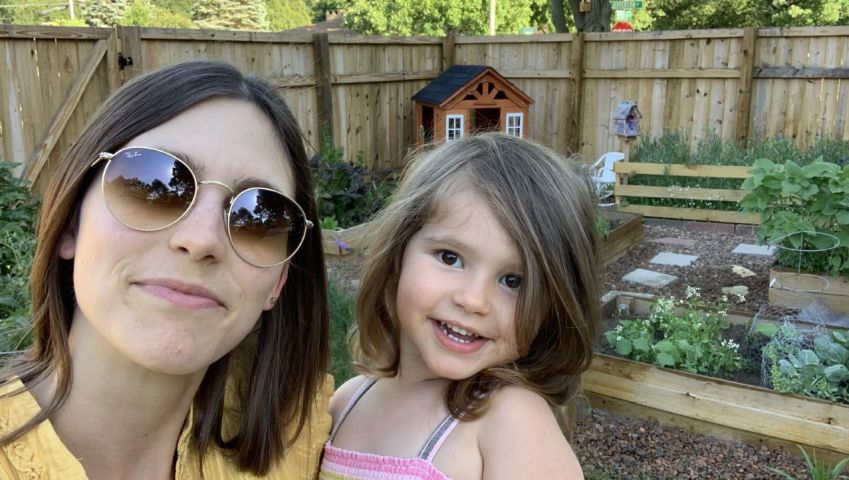I can still remember the day that slow living crept into my life. I didn’t have a name for it then; I just knew whatever was happening felt necessary and overdue. It was winter 2017, my birthday weekend. I was turning 27. I was a year post-graduate school, teaching art classes as an adjunct between two different institutions while applying for exhibitions and artist residencies. I was completely stressed out.
My sister visited me that weekend, and her gift was cleaning and organizing our home—a present which made me realize I needed to slow down in order to be present. One by one, we went through everything in the house, every knickknack, every article of clothing, every document, drawer, box and bin. In true Marie Kondo fashion, but before the KonMari Method became a thing, we removed items that no longer brought me or my husband joy.
Now that I think of it, the Minimalists—the team of Joshua Fields Millburn and Ryan Nicodemus—had released their first film earlier that year. Minimalism: A Documentary About the Important Things captivated and urged people around the world to re-examine their need for “more,” in all its forms. That day has since snowballed into what I now recognize as slow living: a movement rooted in appreciating a slower, gentler approach to life, placing value on simple pleasures and well-being, and moving through the world with care and intention rather than busyness and stress.
Road to Burnout
I need to get personal for a moment and give you some context—because discovering slow living changed my life. I was on a fast path to burnout, living my life for others, and practically giving my precious time away. I spent many years saying “yes” to opportunities and commitments that would help me “succeed,” whatever that meant. Every single minute of my life was scheduled—I was exhausted and not yet even 30. This pressure seeped into my home life, as my time was spent pleasing and showing up for everyone but myself.
I realize many young people think the “hustle” is necessary. But in all honesty, it can easily lead to spiraling self-doubt, guilt and depression. I’m not saying don’t work hard; I’m saying set some boundaries and know your limits.
From high school through my mid-20s, my time was not mine; it was stripped away by the societal ideals of success, our go-go-go culture, and aversion to rest. The few times I even considered opting out of an event, an opportunity, another meeting, etc., a deep ache consumed the pit of my stomach, which was followed by worry. Some would call this anxiety, and I’m not going to argue that, but it’s the kind of anxiety that comes from unattainable cultural norms. So I decided to start pushing back. In my living room, in the heart of our home, I slowly began taking back my life.
Rhythm of New Possibilities
Finding a rhythm of slow living that made sense for me was an important step. Downsizing my belongings opened up the door to new possibilities: I had less to care for and clean, and more time to figure out what was truly important to me. I began fostering meaningful friendships, spent more time in the studio, started cooking regularly, and slowly built up the courage to protect my personal space.
Around this time, I also became pregnant with our daughter; my quest for well-being was no longer just for me! I experimented with “zero waste”—a movement which seeks to produce as little waste as possible—and found a deeper appreciation for my secondhand style and thrifted home aesthetic. Note I said “experimented with,” as the zero waste movement is tinged with privilege; while good-intentioned, it can be expensive, inaccessible, time-consuming, and nearly impossible now with Covid.
Through trial and error, I’ve arrived at a version of slow living that works for me—a life filled with deep connections, a warm and welcoming home, purposeful work, time for family and hobbies, an appreciation of simple pleasures, and one rich in curiosity. Every day I choose to find the beauty in life, because for too long I could not see it. I wake up early to listen to the birds, enjoy my coffee, experience our home. I make concerted efforts to read in my downtime and listen to audiobooks on my commute to work—I’ve always wanted to be a reader. I consider every obligation and opportunity from multiple angles and am upfront with my expectations and availability. I have learned the art of passing along opportunities when I cannot fulfill them—spread the wealth!
Last spring, at the height of the pandemic, I took up gardening and all of its healing ways. Now it has become a family pastime. I’ve relearned how to relax, which sometimes means watching Netflix and sometimes means napping, often with my daughter beside me. I value rest and play and take time off to do so. I want to show my daughter that life should be enjoyed, that our personal time is valuable, that people are more important than things, that downtime and wonder are crucial to our well-being, and that beauty and joy can be experienced even in hard times. It is easy to continue living at full speed, but worthwhile to take it slow as molasses.PM
Jessica Bingham is an artist, curator and mother. She is curator at University Galleries of Illinois State University and the director and co-founder of Project 1612, an artist-run exhibition space in central Illinois.




